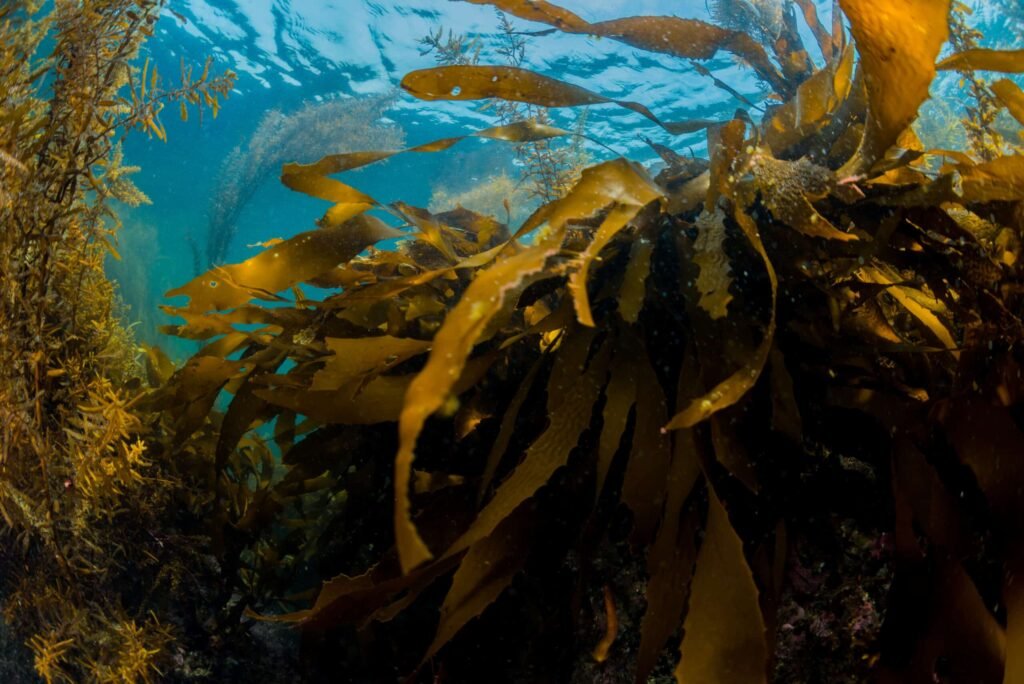Imagine diving beneath the ocean’s surface and suddenly finding yourself in a vast, underwater forest. The sunlight filters through the dense canopy of swaying giants, creating an enchanting dance of light and shadow. These are the floating forests of the ocean, magnificent realms built by the giant kelp, which harbor an astonishing diversity of life. In this captivating world, giant kelp plays a pivotal role, anchoring entire ecosystems just as towering trees do in terrestrial forests. This article delves deep into the wonders of these marine marvels and how they serve as crucial pillars of life beneath the waves.
The Majesty of Giant Kelp
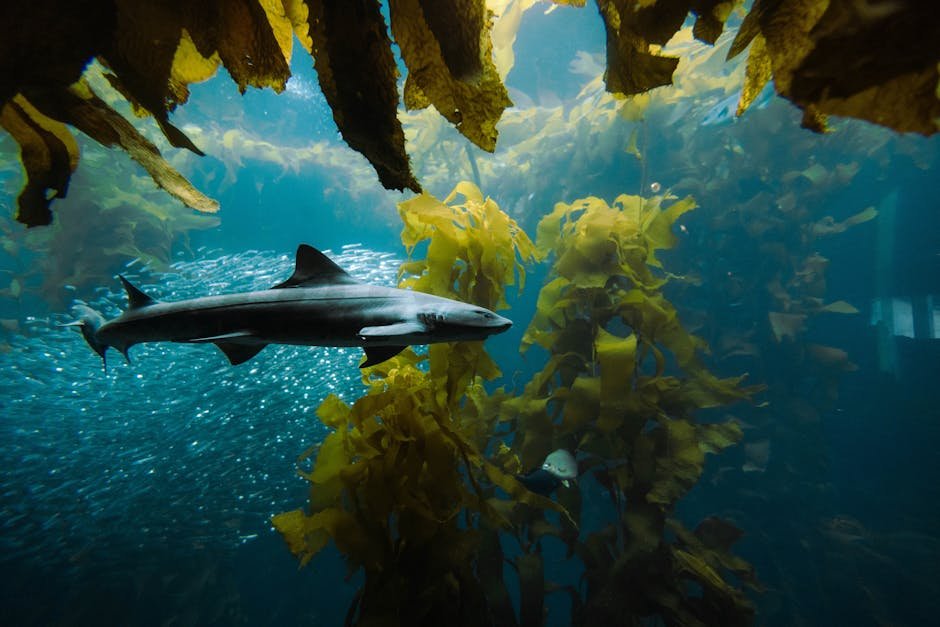
Giant kelp, scientifically known as *Macrocystis pyrifera*, is not just any seaweed; it is the largest of its kind, reaching heights of over 100 feet. These towering underwater plants can grow as much as two feet per day under the right conditions, creating a dynamic and ever-expanding habitat. This rapid growth is due to the kelp’s efficient ability to photosynthesize, harnessing sunlight to fuel its development. The kelp’s long, leaf-like blades float towards the surface, forming dense canopies that provide shelter and sustenance for myriad marine creatures. Just like how a forest’s canopy teems with life, so too does the kelp forest’s canopy bristle with marine biodiversity.
A Sanctuary for Marine Life
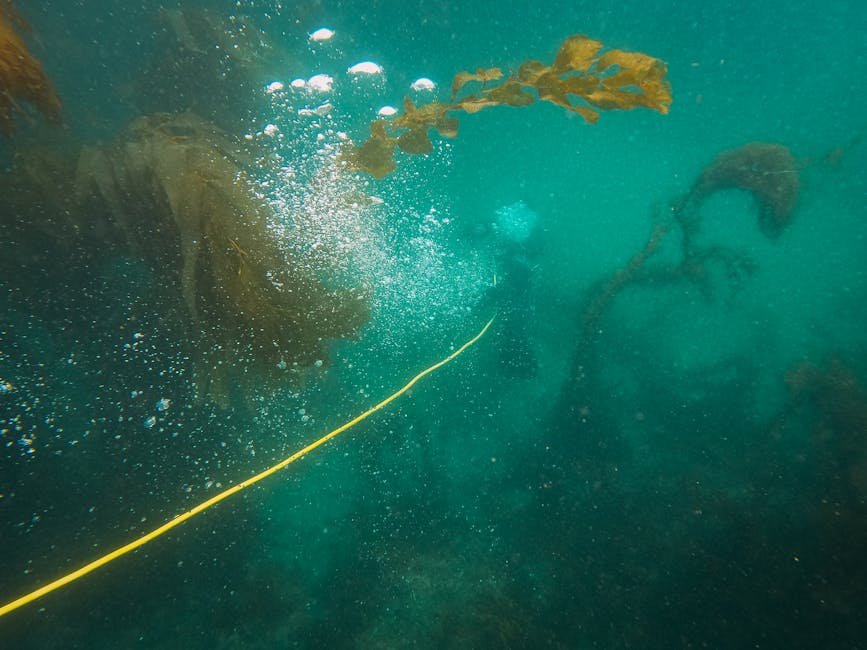
Giant kelp forests are bustling with life, offering a refuge to countless marine species. Fish, invertebrates, and even marine mammals find sanctuary among the swaying fronds. The kelp provides food, protection from predators, and a place to breed. For instance, the sea otter, a keystone species, relies heavily on these forests for hunting and resting. The kelp forest ecosystem is a complex web of interactions where each organism plays a role in maintaining balance. This vibrant community is a testament to the intricate connections that sustain life in the ocean.
Kelp’s Role in Coastal Protection
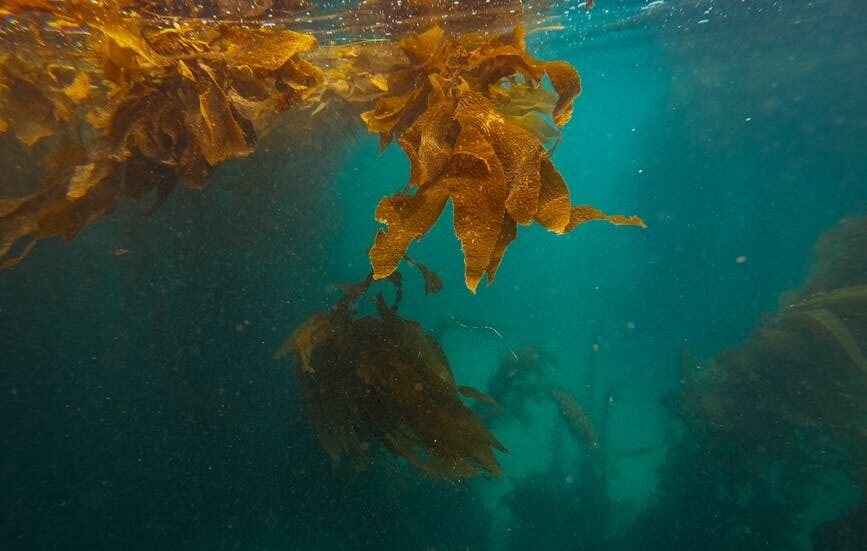
Beyond their ecological significance, giant kelp forests serve as natural barriers against coastal erosion. Their dense growth helps to dampen wave energy, protecting shorelines from the relentless battering of the sea. This not only preserves coastal habitats but also benefits human communities by reducing damage to coastal infrastructure. Think of kelp forests as the ocean’s buffer zones, absorbing the ocean’s fury while providing a shield for the land. This protective role is crucial as climate change leads to more frequent and severe storms.
A Breathing Giant: Photosynthesis and Carbon Sequestration
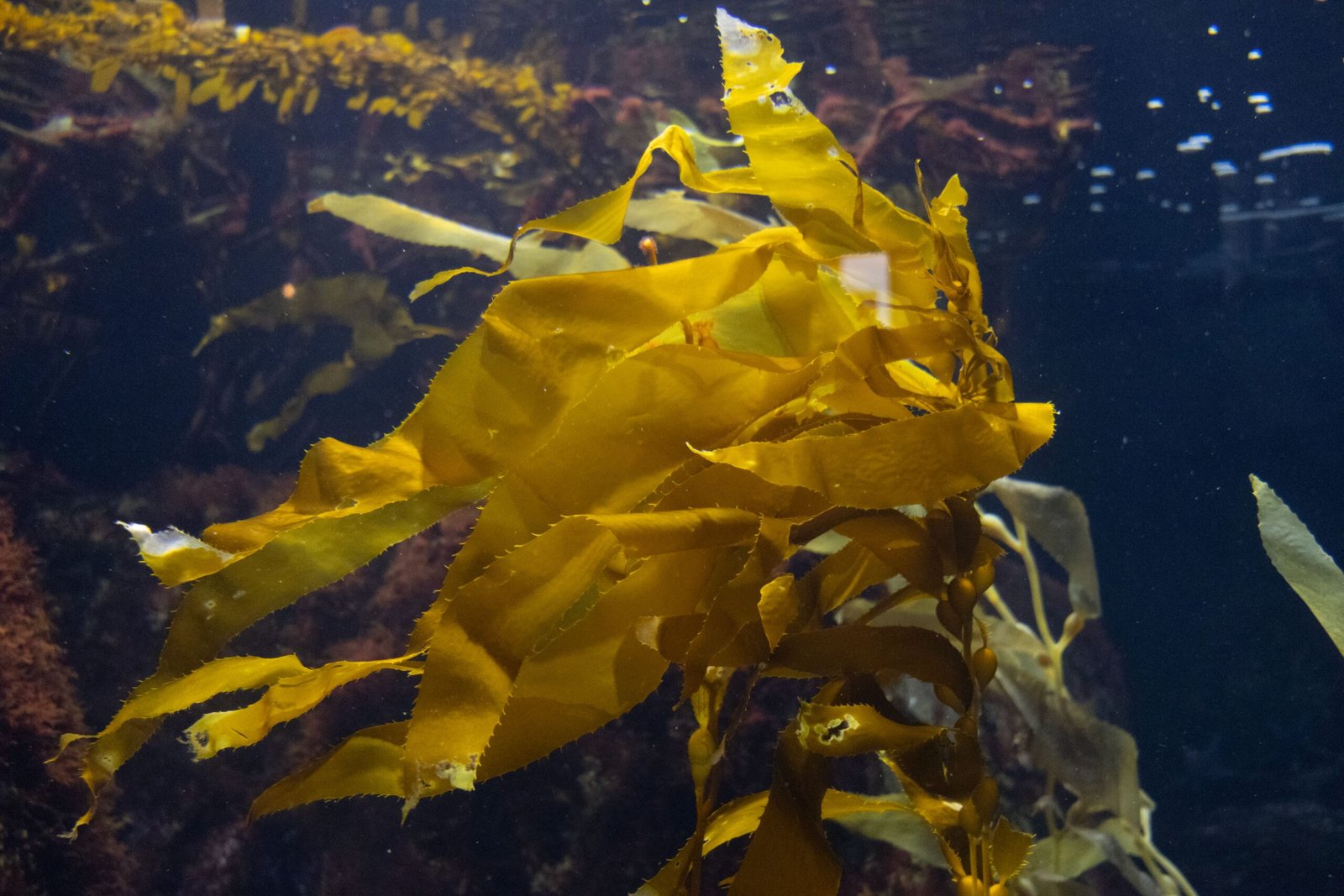
Giant kelp is a powerhouse of photosynthesis, absorbing carbon dioxide and releasing oxygen, much like the trees on land. This process not only supports the kelp’s rapid growth but also contributes significantly to the ocean’s carbon cycle. By sequestering carbon, kelp forests help mitigate the effects of climate change, acting as vital carbon sinks. Their role in regulating atmospheric carbon levels underscores the importance of preserving these underwater giants. In a world grappling with rising carbon emissions, kelp forests offer a natural and effective solution.
Threats to Kelp Forests
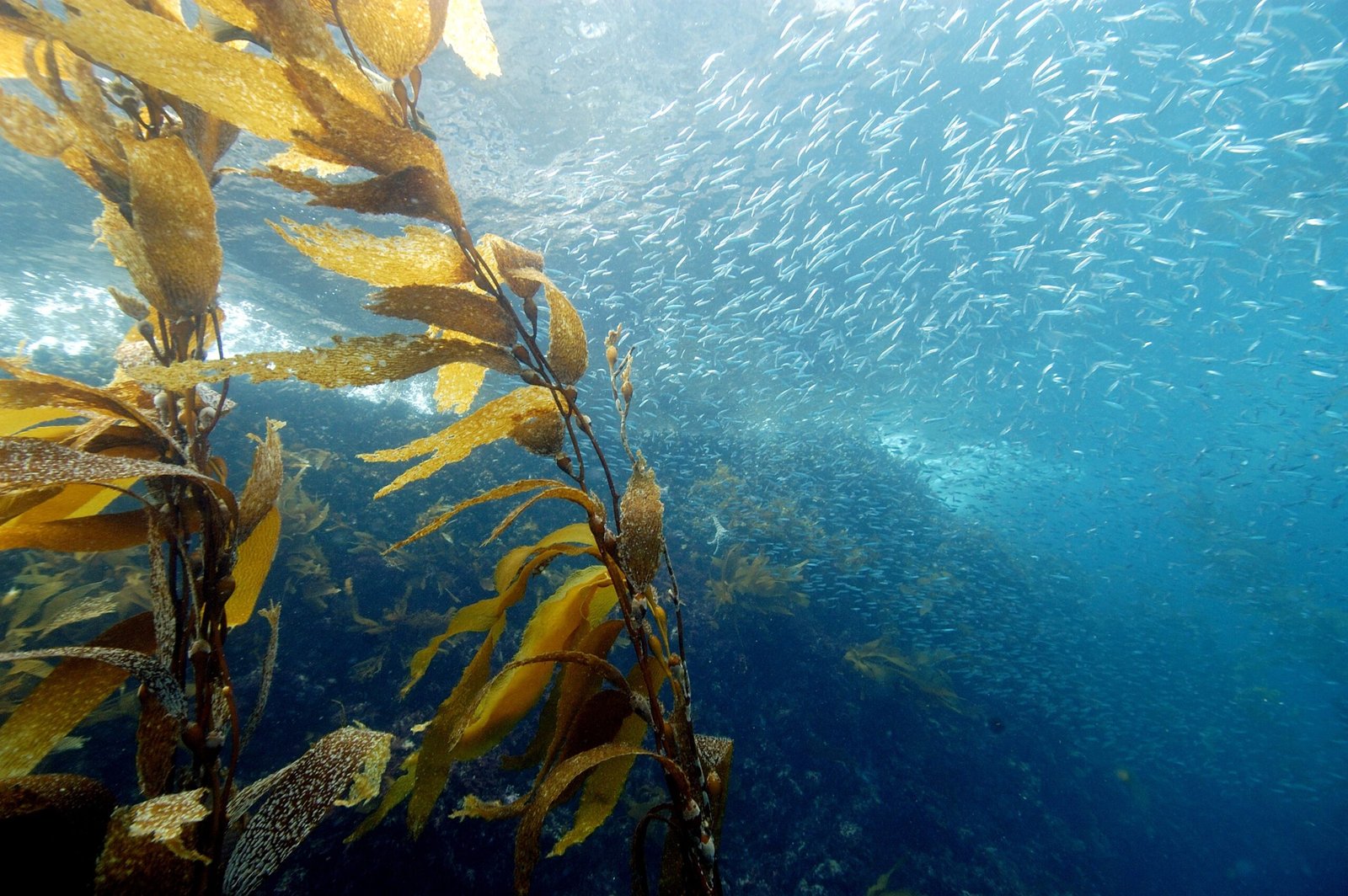
Despite their resilience, giant kelp forests face numerous threats from both natural and human-induced factors. Climate change, pollution, and overfishing all pose significant risks to these ecosystems. Rising ocean temperatures can lead to kelp die-offs, while pollution from agricultural runoff can smother their growth. Additionally, the overharvesting of marine species that control kelp-eating herbivores can lead to imbalances, resulting in the overconsumption of kelp. Protecting these ecosystems is vital to maintaining their ecological functions and the services they provide.
Conservation Efforts and Restoration Projects
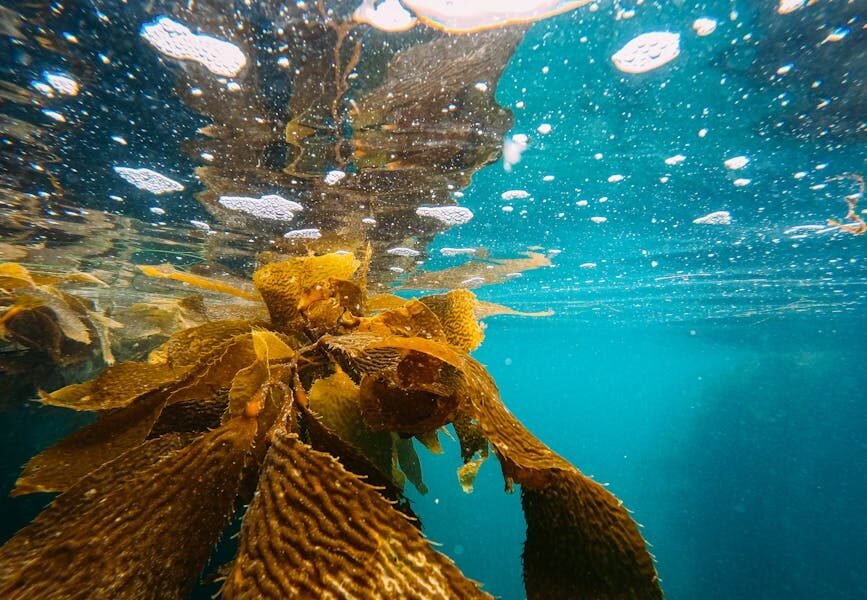
Recognizing the importance of kelp forests, conservationists and scientists have initiated efforts to protect and restore these vital ecosystems. Restoration projects aim to re-establish kelp forests in areas where they have been depleted, using techniques such as replanting and habitat restoration. These initiatives often involve local communities and stakeholders, fostering a sense of stewardship for the ocean’s resources. By working together, humans can help ensure that kelp forests continue to thrive and support marine life for generations to come.
The Economic Value of Kelp Forests
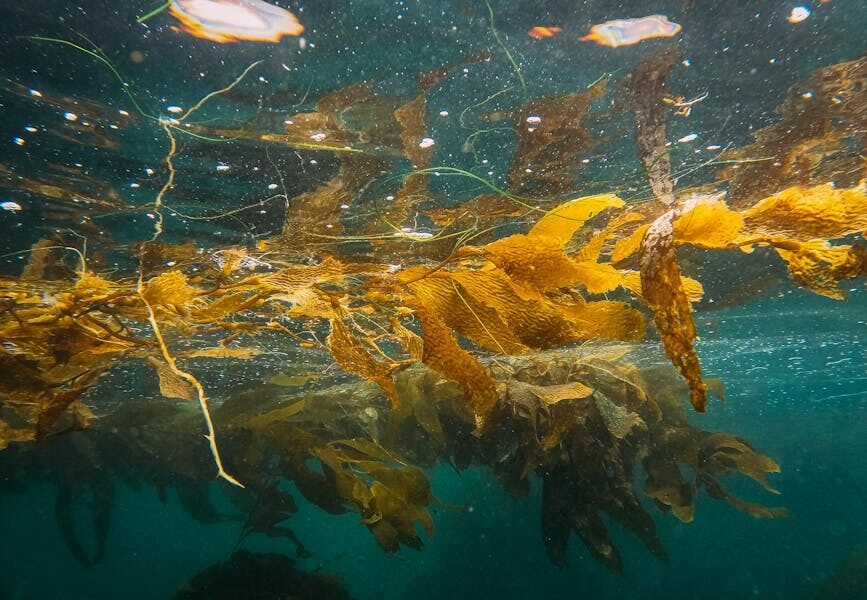
Beyond their ecological importance, kelp forests have significant economic value. They support commercial and recreational fisheries, providing livelihoods for coastal communities. The kelp itself is harvested for various uses, from food to cosmetics, and even as a biofuel source. This economic dimension highlights the multifaceted benefits of kelp forests, underscoring the need for sustainable management practices. Balancing economic interests with conservation is essential to preserving the integrity of these ecosystems.
The Future of Kelp Forests in a Changing World
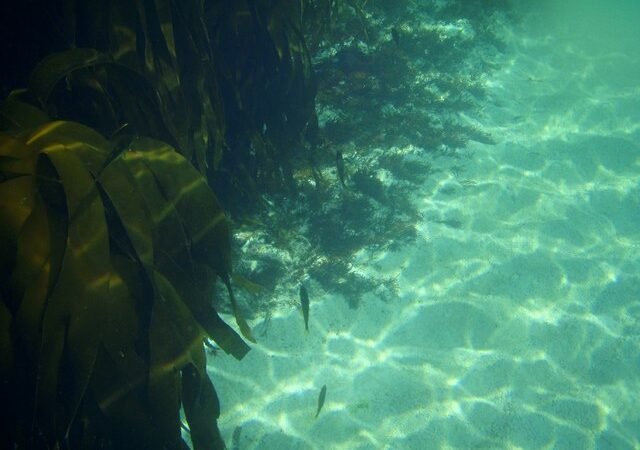
As the world faces unprecedented environmental challenges, the future of giant kelp forests remains uncertain. However, their resilience and adaptability offer hope. Scientists are studying how these ecosystems respond to changing conditions, seeking ways to enhance their resilience. By understanding the factors that support kelp growth, we can better protect and manage these vital ecosystems. The story of kelp forests is one of survival and adaptation, offering lessons for how we can navigate the challenges of a changing world.
Experiencing the Magic of Kelp Forests
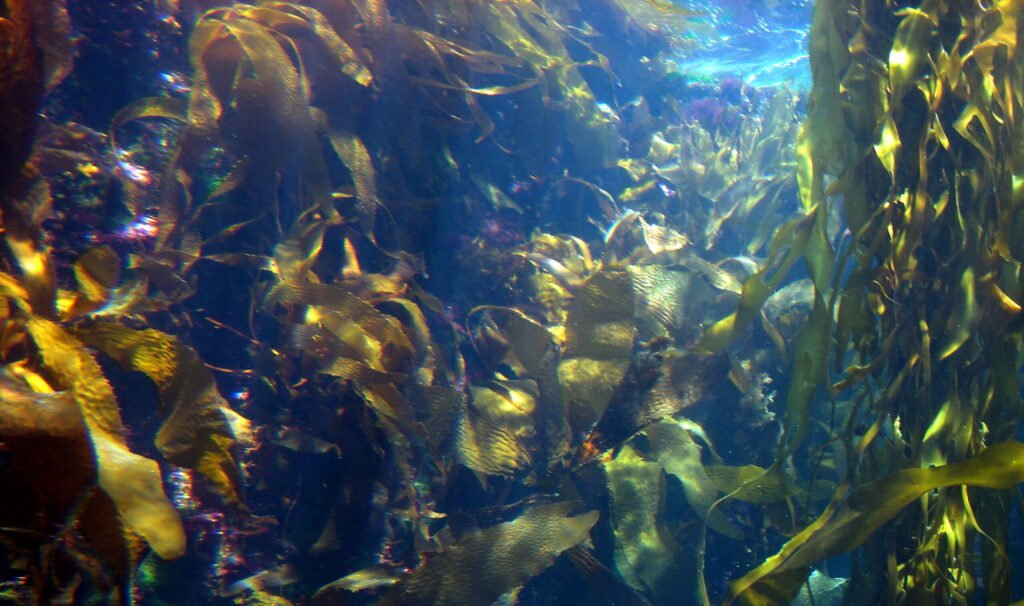
For those fortunate enough to explore the underwater world, diving into a kelp forest is a transformative experience. The feeling of weightlessness as you glide through the towering fronds is akin to flying through a forest canopy. The vibrant colors and diverse life forms create a sense of wonder and awe. It is a reminder of the beauty and complexity of the natural world, and the importance of preserving it for future generations. Kelp forests are a testament to the power and majesty of nature, inviting us to explore, understand, and protect.
A Call to Action for Ocean Conservation
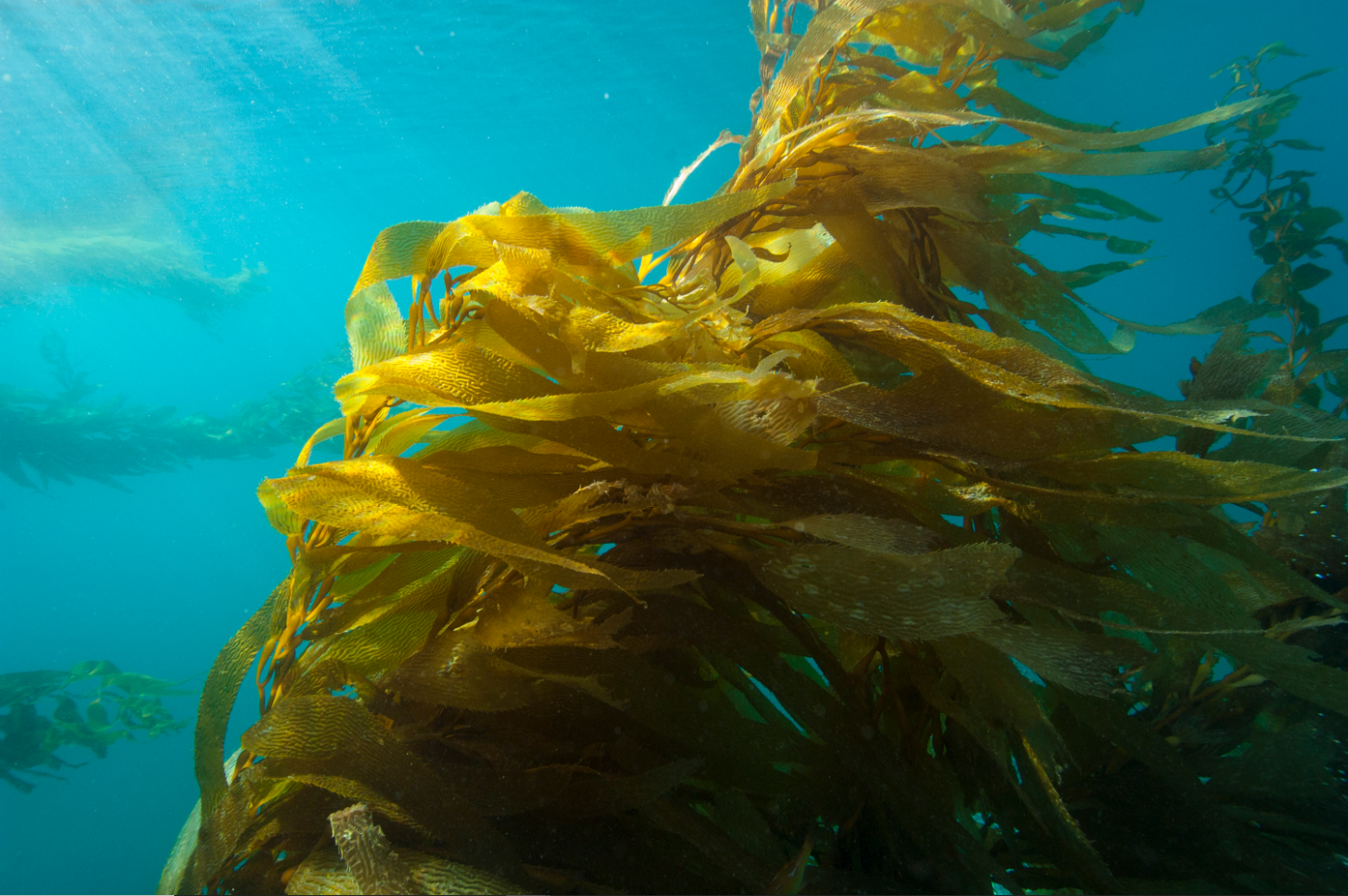
The story of giant kelp forests is a call to action for ocean conservation. As stewards of the planet, we have a responsibility to protect these vital ecosystems. By supporting conservation efforts, reducing our carbon footprint, and advocating for sustainable practices, we can help ensure that kelp forests continue to thrive. These underwater giants hold the key to a healthier planet, and their preservation is essential for the well-being of our oceans and the life they support. Together, we can make a difference, ensuring that future generations can experience the wonder of the floating forests of the ocean.

